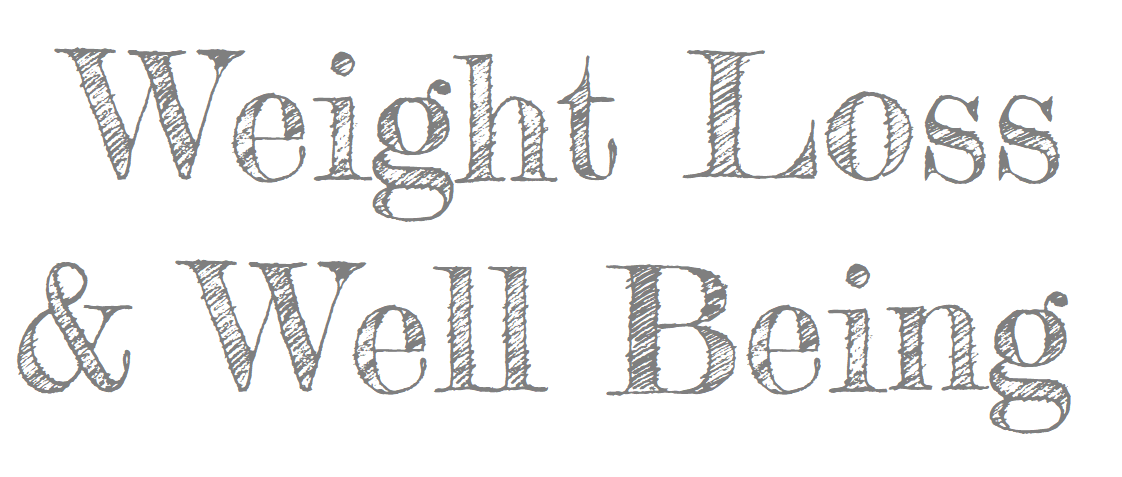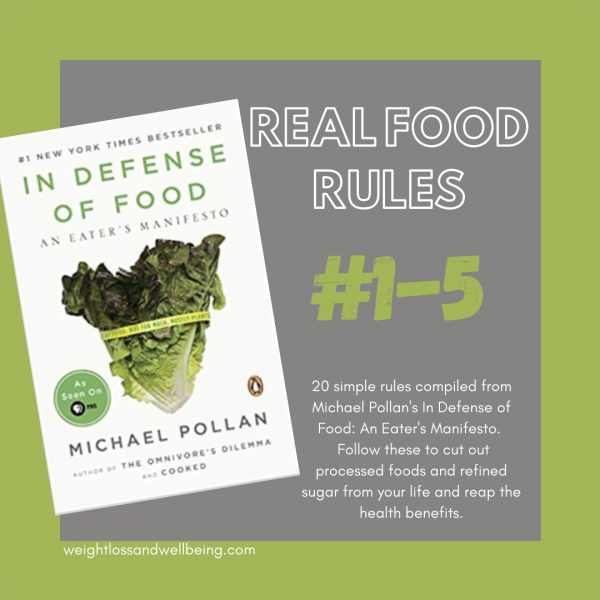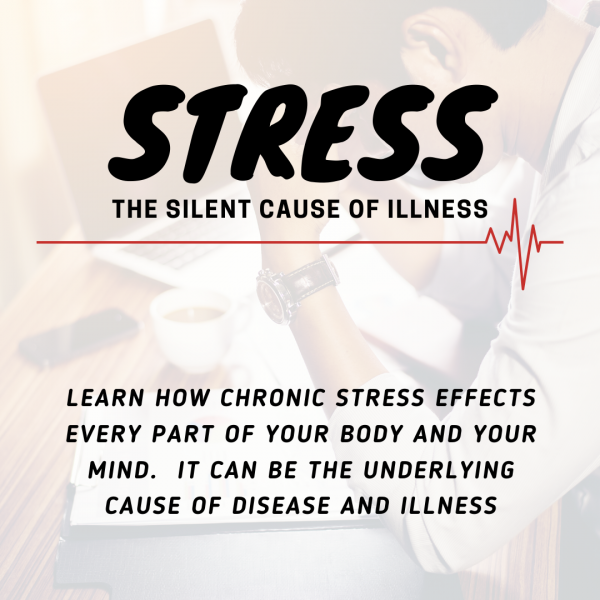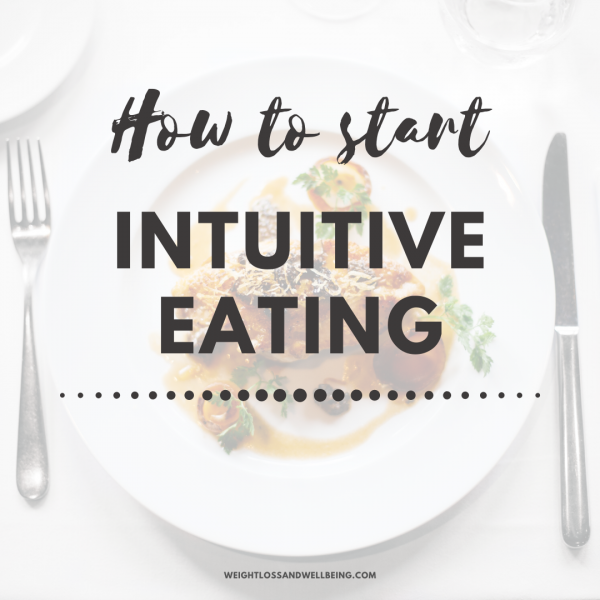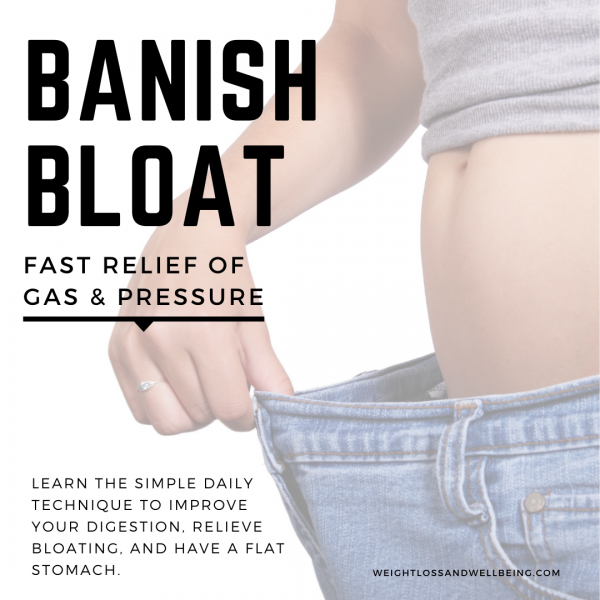Real food rules are compiled from Michael Pollan’s book, In Defense of Food. Real food is hard to find nowadays but here is his easy advice on how to avoid processed foods.
Please note, this post contains Amazon Affiliate links that generate revenue for the site, at no additional cost to you, should you utilize one of the links.
I was first introduced to Michael Pollan in an Environmental Literature class in college (yes, it was a class). And instantly fell in love with his classic storytelling style and thought-provoking research. I recommend all of his books, each for different reasons. You can visit his website here.
But the one that holds the most practical, pragmatic, and useful information has to be In Defense of Food: And Eater’s Manifesto. Pollan has created a handbook for Americans in search of an eating culture.
So few standards have been upheld universally in America that many find themselves with little or no understanding of foods, their ingredients, and how they should be consumed.
From this seminal work I have compiled quite a few Real Food Rules that Pollan describes in much greater detail in his book. I highly recommend reading this book in its entirety.
Real food is food that is as minimally processed and contains little to no artificial ingredients. This includes whole grain products, locally and humanely raised meats, and natural sweeteners like honey and maple syrup. Learn more about real food and why it is important here.
Real Food Rule #1
We talk a lot about numbers when discussing weight loss. But once you are at a healthy weight, the quality of your food becomes the most important.
You no longer need to “eat by numbers,” and instead should be guided by seasonal produce, locally raised animal products, and natural whole grains.
You don’t need to rely on health claims made by food packages to know what to eat. Instead look for fresh, natural foods.
Focus on things that have come from nature and don’t need to be packaged. Things like fruits and vegetables don’t need labels because you know a ripe peach is healthy. Eating seasonally also ensures you are getting a board range of vitamins, minerals, and antioxidants.


Real Food Rule #2
I love this rule. It is simple but poignant. Everyone can understand this one. Would you grandmother recognize a loaf of bread. Yes, she probably would. How about a frozen dinner? She might be able to guess that one. But now, what would she think of a Gogurt or dinosaur nuggets?
My guess is it would take a bit of explaining to justify the necessity to feed children things from a tube or one animal in the shape of an extinct animal. And there are many other cases of this happening.
It’s easy to follow, if you’d have to explain it, it probably isn’t real food. So many modern food inventions are more a product of science and industry than they are of nature.
Real Food Rule #3
Processed foods usually have a very long shelf life. Usually because they are packaged full of preservatives. Increasing the sodium and ingredients list.
It is helpful to food manufacturers that the food will age better when transported long distances from where it is made to where it is sold. These chemicals and additives have been tested and approved by the FDA.
But, many have not gone long-term studies with humans to see if there are any adverse side effects for increased consumption.
It is just easier to stick to natural food, and if its natural it will rot. Any food that doesn’t is probably hiding something.


Real Food Rule #4
Reading the ingredients is absolutely mandatory. That is the only way you will know what is in the food you’re eating and be able to avoid certain ones. Pollan recommends steering clear of anything unfamiliar, meaning you don’t cook with it at home. Anything that is unpronounceable also is out.
Avoid foods that have more than five incredients in total; you’ll be surprised how many fall under this category. And the worst offender of them all: high fructose corn syrup. This one in particular is the hardest to avoid. This has become the preferred sweetener for processed foods because of its cheap cost and low calorie content.
Most sodas and sugary beverages have all made the switch to HFCS in the United States. So much so that “throwback” sodas that are made with real sugar have become popular. Your best bet is to just avoid it all together.
Real Food Rule #5
From the Cheerios’ box to the granola bars, to even the bags of pistachios, you see foods touting their health benefits all over the supermarkets. It is ironic to think that foods would need boisterous claims about why you should eat them and how they could benefit your health.
The reality is, most of these foods, are really not healthy at all. They have been processed down and put back together again to be everything they “should” be. When in reality, the original oat, or peice of fruit, or glass of milk is the best most nutritious way to consume it.
Stay away from foods that need to tell you they are healthy. They are probably lying. I love Pollan’s example, you’ve never seen an apple with a slogan.

